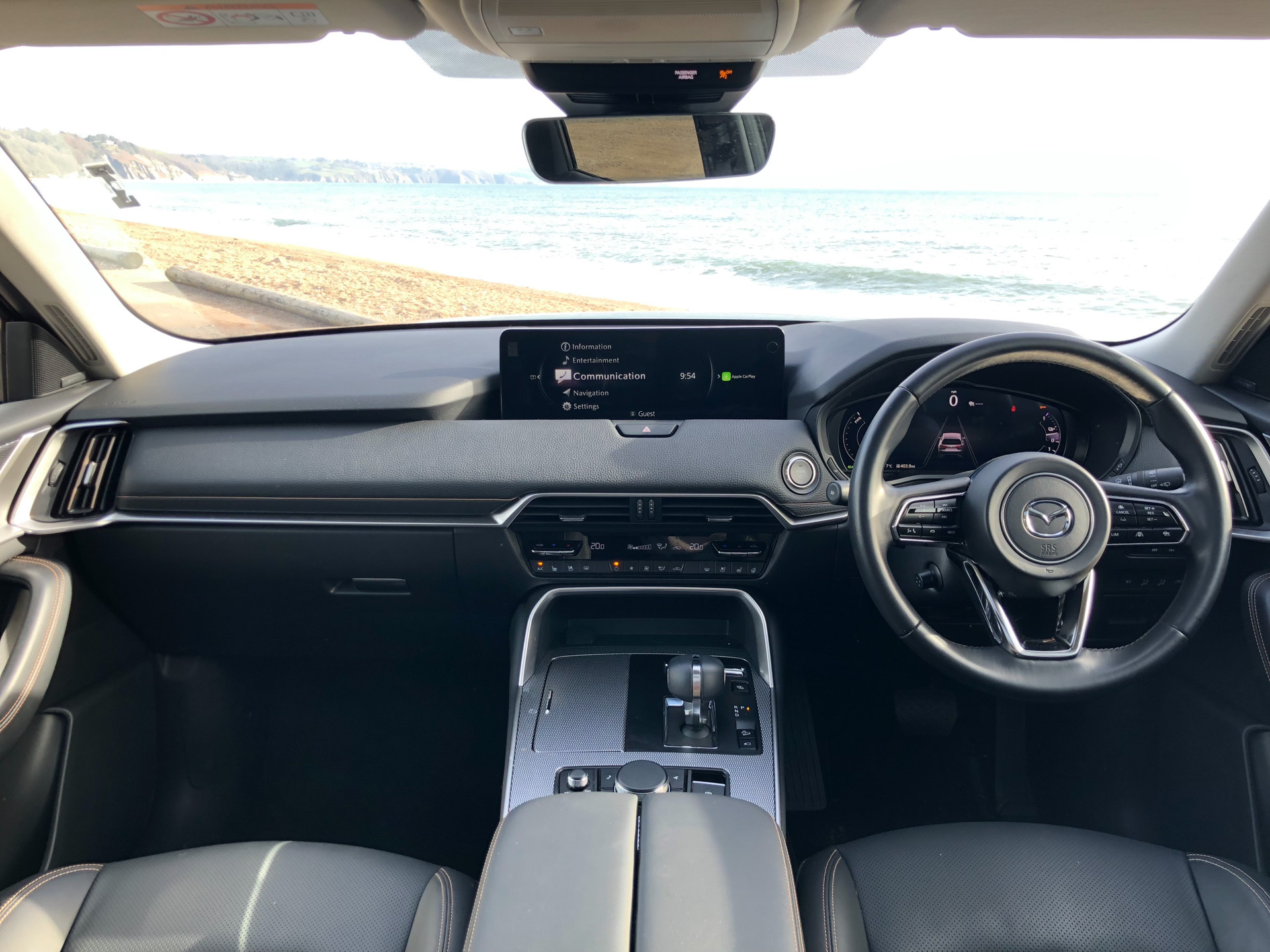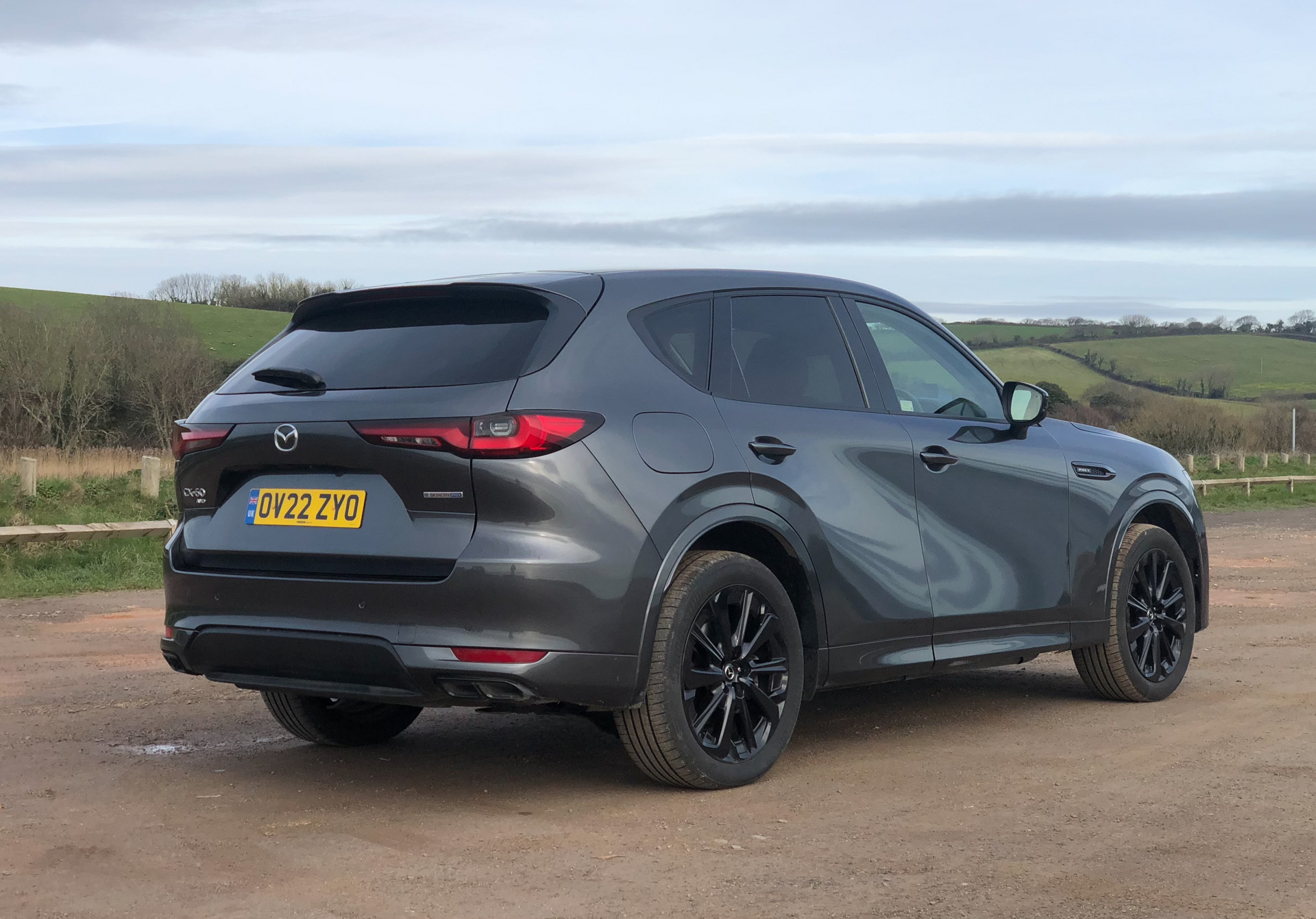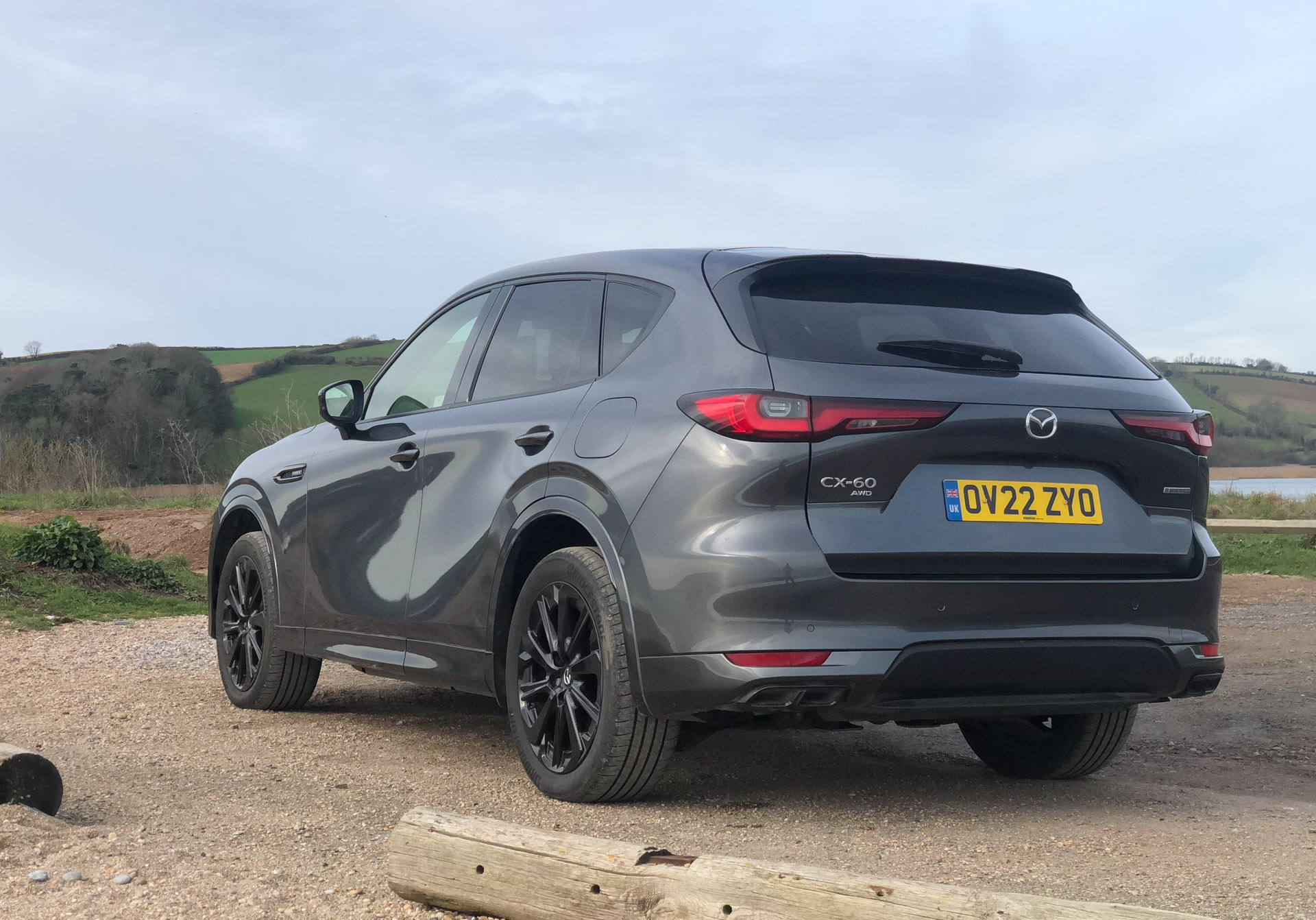Mazda has decided to play ball in the big leagues by introducing an all-new line of SUVs to challenge the Germans’ reign of the premium market. The CX-60, now the biggest Mazda in the UK (at least until the CX-80 arrives later this year), is poised to compete with a wide range of models – from the swanky Audi Q5 and BMW X3 to the ever-popular Toyota RAV4.
What’s Under The Hood?
The Mazda CX-60 is closely related to the seven-seat CX-90 recently launched in the U.S., both using a new longitudinal-engine platform and being offered with four-cylinder PHEV or six-cylinder ICE power.
Review: Mazda CX-60’s Hybrid Drivetrain Spoils Premium SUV Newcomer
We’ve got the PHEV, which is unusual because it’s a not a turbo’d 2.0 but a naturally-aspirated 2.5. It’s assisted by a electric motor stashed inside the eight-speed automatic transmission that is rated at 129 kW (173 hp / 175 PS) and helps make a combined 323 hp (327 PS) and 369 lb-ft (500 Nm) of torque. That enables the CX-60 to hit 62 mph (100 kmh) in 5.8 seconds, while Mazda says the 17.8 kWh battery is good for 39 miles (63 km) of electric driving.
What Options Are Fitted?
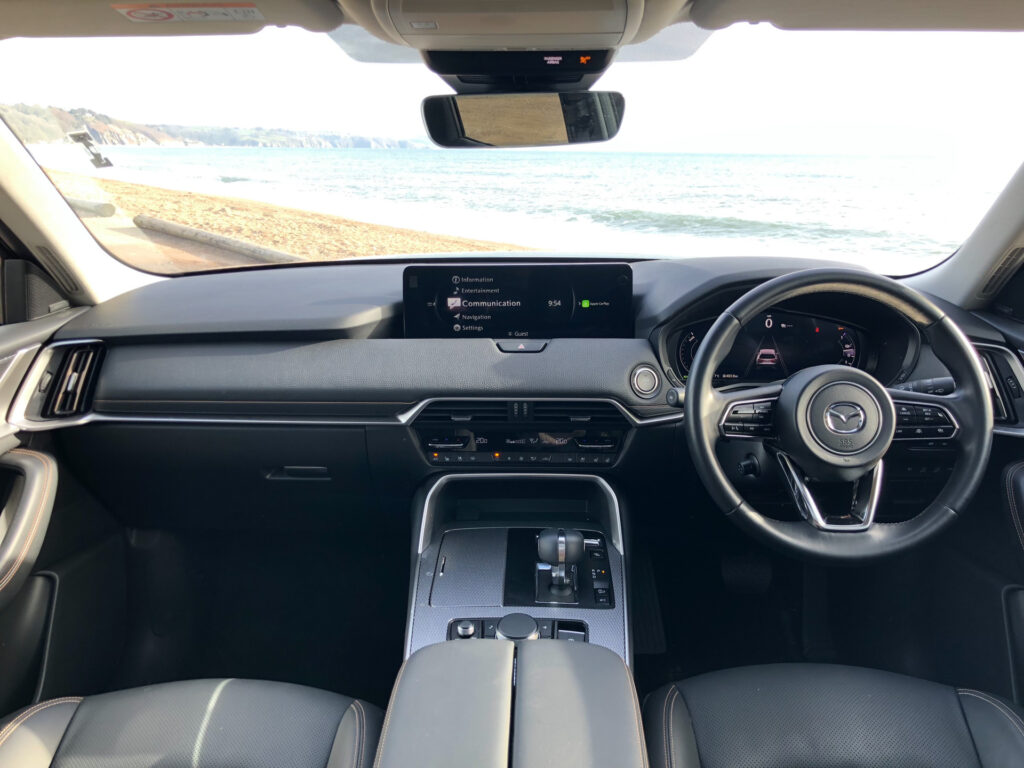
The mid-spec Homura comes standard with 20-in wheels, heat for all four seats and cooling for the fronts, LED lights, a powered tailgate, keyless entry and head-up display.
Our car goes a step further with Machine Grey paint (£750), the Convenience Pack (£1000, 360-degree camera, wireless phone charging, privacy glass), Driver Assistance Pack (£1100, cross traffic alert, adaptive cruise, adaptive LED lights) and £1000 of panoramic sunroof.
#4 October 20: Which Options Are Worthwhile?
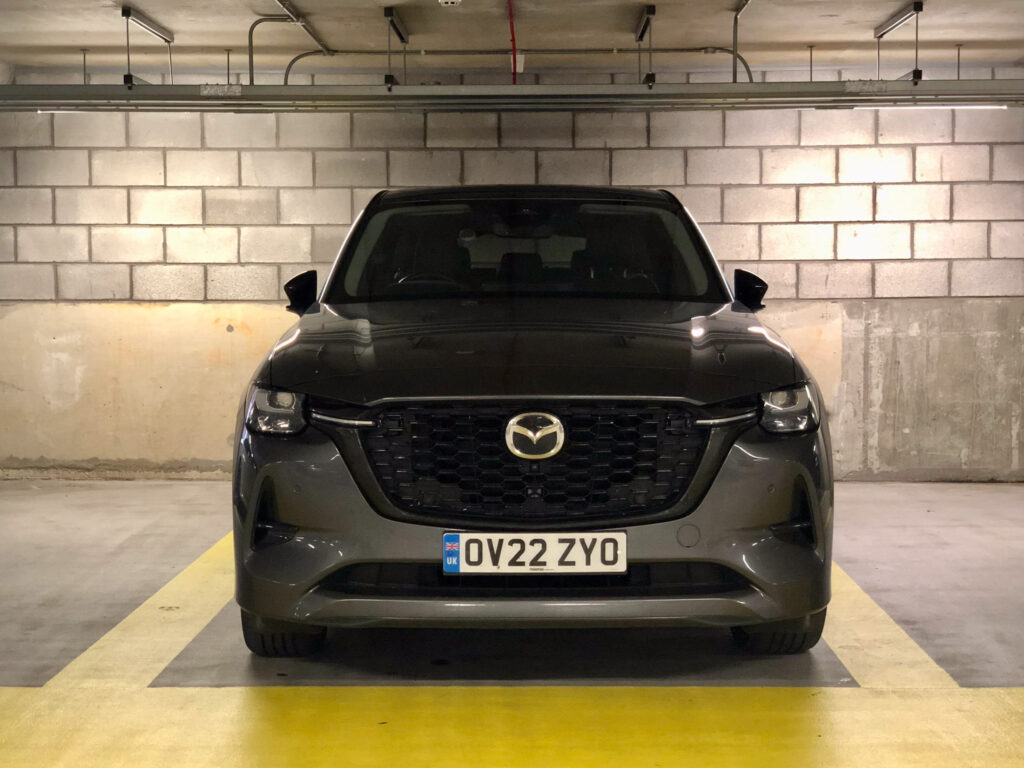
With a few exceptions, money you spend on options usually isn’t money you’ll get at resale time, so you really need to know you’re going to get benefit from choosing additional equipment before you click ‘buy now.’
Fortunately, the CX-60 comes well equipped right out of the gate and there are hardly an options, so there’s only so much more money you can blow beyond the initial purchase price. There are just three three trim grades in the CX-60 lineup in the UK and even the base one (counter-intuitively badged Exclusive-Line) comes with enough standard kit that you might not feel the need to upgrade. Heated leather seats, climate control, cruise control, a powered tailgate, head-up display, great infotainment, LED lights and parking aids are all part of the package.
Top of the tree is the slightly chintzy Takumi, with its chrome window surrounds, wood dash trim and Nappa leather, but we reckon our mid-spec Homura is the best value – and best-looking – model in the lineup. Compared with the base car you get ambient lighting, electrically-adjustable heated and cooled seats, a great 12 speaker Bose hifi, 20-inch wheels, black exterior trim and a Driver Personalisation System that uses a camera to recognise who’s at the wheel and set the driving position accordingly.
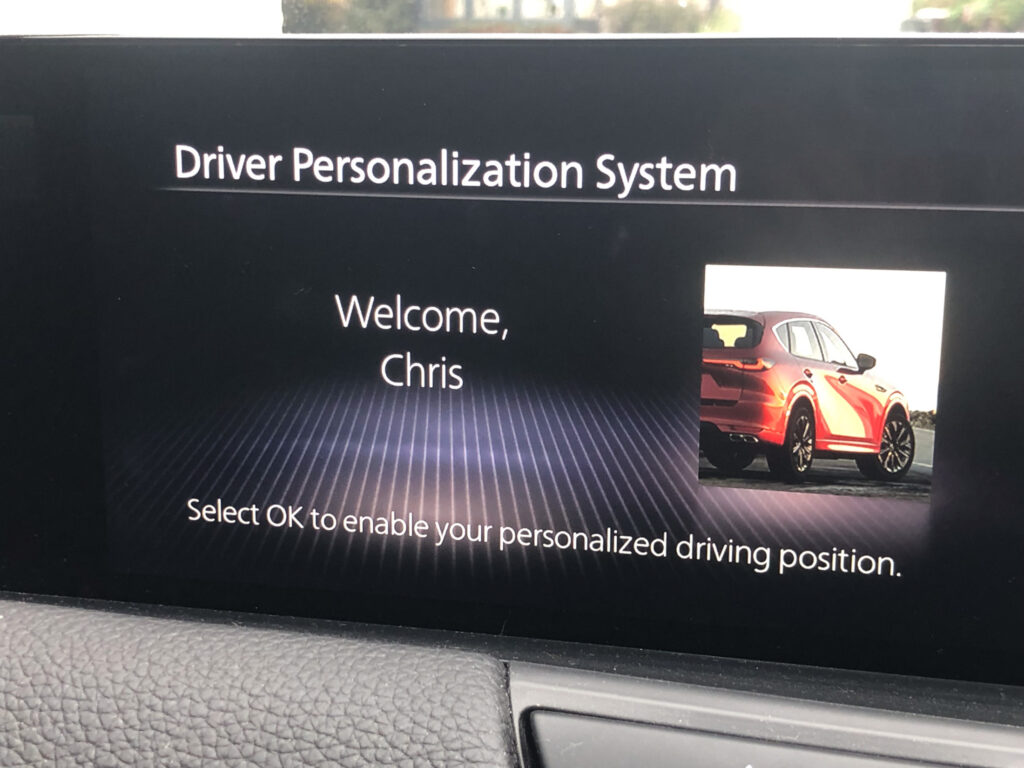
With so many bases covered, and so few options even available, our only additional spend was for Machine Grey paint (£750), the £1,000 Convenience Pack, £1,100 Driver Assistance Pack and £1,000 of panoramic sunroof. But would we tick all those boxes if we had out time again?
I think Machine Grey works well with the CX’s twisting flanks, and is a whole lot less garish than Soul Red Crystal, which should probably stick to Miatas. And though it’s a shame the sunroof doesn’t open further, it’s great for throwing some light into an interior that is only available with black leather on the Homura, so can feel a little dark. So that get’s the nod, too, but the option packs aren’t so straightforward.
Of the two, I’d tick the Convenience Pack first, mostly for the excellent 360-degree camera, which has proved itself useful every single time I’ve driven the car, and is undoubtedly the reason the four wheels are still scuff free after more than 20,000 miles. You can’t option the camera on its own, and the other pack components – wireless phone charger, 1,500 W AC socket, rear privacy glass and additional interior lighting – have also proved useful, so it’s a win as far as I’m concerned.
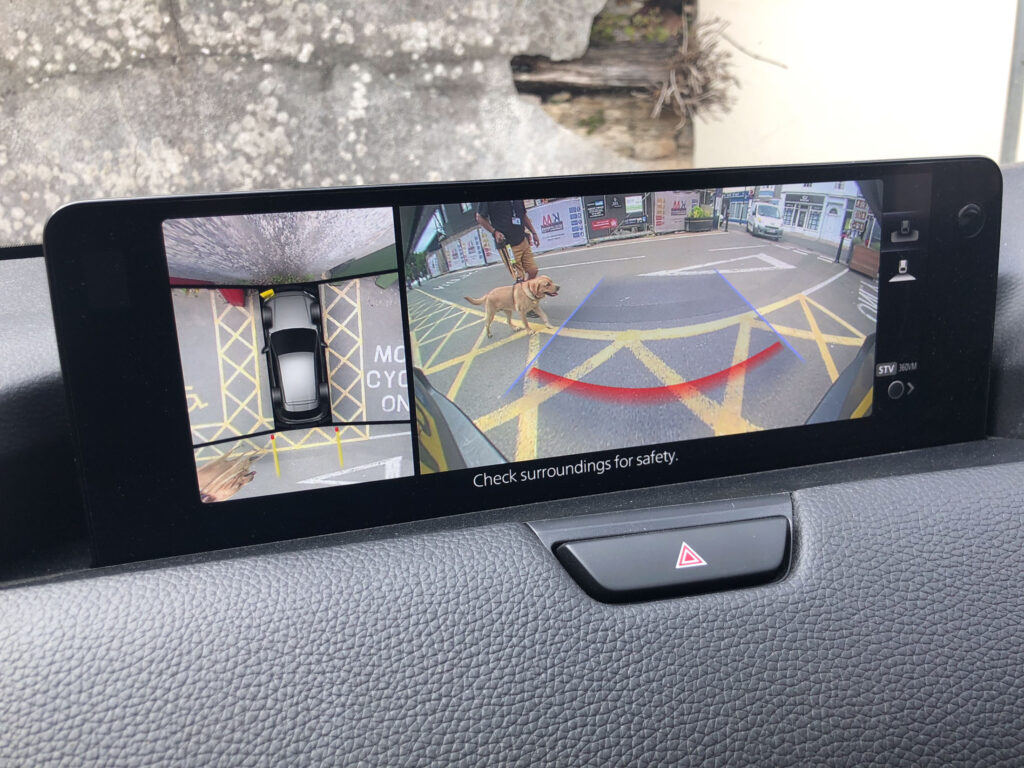
The Driver Assistance Pack I’m still in two minds about, because while I love the adaptive LED headlamps (drivers coming the other way seem less keen) and the adaptive cruise control’s stop and go functionality in rush-hour traffic, some of its other features drive me nuts. The front cross traffic alert, rear crossing alert and rear brake support are far too sensitive, often slamming on the brakes in the middle of the street for no good reason, and the cruise control is too nervous at motorway speeds, cutting power when I want to keep the virtual hammer down.
Fortunately you can switch it to old-fashioned non-adaptive cruise, and disable some of the safety features, but that might involve diving into the infotainment menu. Unfortunately, Mazda only offers the trick LEDs with the whole £1,100 package, but I’d be sorely tempted to pass.
#3 July 10: New Oil, Same Unruly Habits
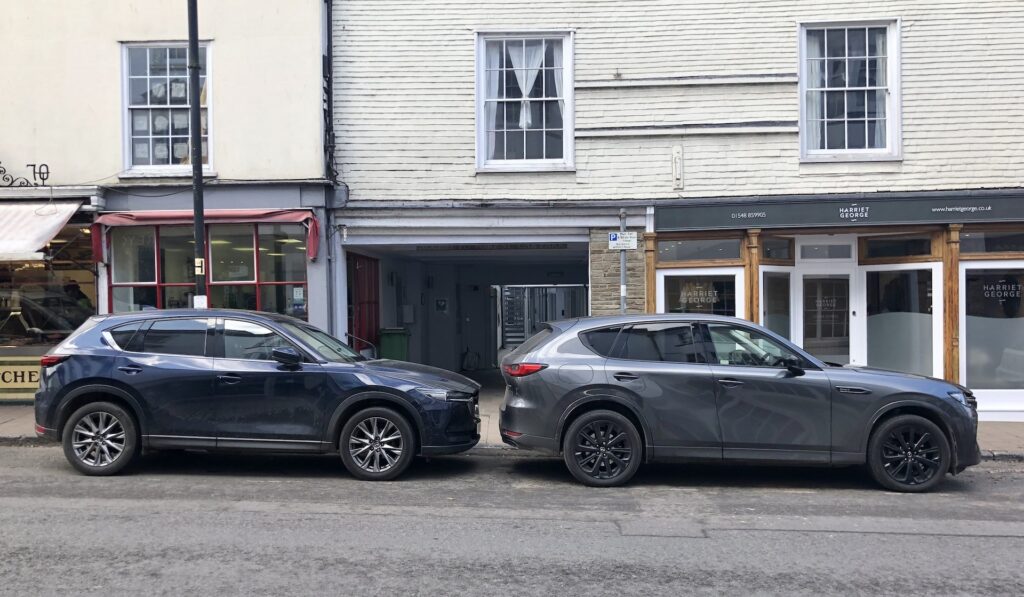
The CX-60 is larger than Mazda’s CX-5, but they share a two-row layout, similar design language, and many similar design elements. From some angles you might even confuse one for the other, but not when they’re parked side-by-side as happened recently when I spotted a photo op with a random CX-5.
While the CX-5 is built around a transverse-engined, FWD-based platform, the 60 (along with America’s CX-90 and upcoming CX-70) places its motor longitudinally. That allows Mazda to fit inline six-cylinder engines for buyers who don’t want our car’s PHEV four banger, but it also visually moves the front axle line much further forward, something that’s supposed to enhance the premium look. Having initially dismissed the CX-60 as looking both gawky and bland, I’m changing my tune a little after spending so much time in its company. There’s something of a 1930s GT car about the cab-backwards profile, and while the dead-on rear view is nothing special I love how muscular it looks from the rear-three-quarter angle.

Related: Stunning Macro Footage Zooms-In The Creation Process Of The Mazda CX-60
What both CXs have in common is the need to be serviced every 12 months or 12,500 miles (20,000 km) in the UK. That’s a longer interval than Mazda places on the mechanically identical CX-90 hybrid in the U.S., which stands at one year or 10,000 miles (16,000 km), but it’s also much shorter than required by many other brands in the UK. VW Group cars can go for up to two years or 20,000 miles (32,000 km) between services, and that includes Porsches.
The routine maintenance on the CX-60 amounted to little more than an oil change, but the bill still came to £262 ($340). Not cheap, but I was more disappointed to find there was no software update that might fix the horribly jerky hybrid system. It’s pretty smooth at speed but around town when you’re coming on and off the gas it’s embarrassingly clunky. Mazda has since contacted me to say that there are a couple of new software updates available for the CX-60 but didn’t specify what they’re for. I’ve got my fingers crossed that one of those might add some much needed polish to the urban driving experience.
#2 May 6: Digital Instrument Cluster Goes Dark

I’ve seen into the future and it’s a big black abyss. That’s what I was faced with one morning when I pushed the CX-60’s starter button and peered into the recess where the 12.3-inch digital gauge cluster lives and saw nothing but inky darkness. The main infotainment screen on the dash was still working, and the CX’s hybrid powertrain was still operating normally, but the instrument pack was a no-show.
The Mazda CX-60’s gauge pack, which is the same as the one fitted to the CX-90, is less useful than some rival digital clusters because it can’t be configured in as many ways. But it is the only place on the car where you can see how much petrol and electric charge you have left. I had to resort to checking the My Mazda phone app to see those tallies for the next two days while I waited to see of the problem would right itself, though my car’s optional head-up display did at least show me how fast I was going.
By the end of day two nothing had changed so I added ‘call Mazda dealer’ to my to-do list. But before I had a chance to make that call the CX died altogether. When the breakdown guy arrived he reckoned the fault in the instrument pack had caused an electrical drain that eventually flattened the battery. The main hybrid battery had plenty of charge, but it’s a separate system to the one used to start the car. Recovery man added some charge to the regular battery then started the 2.5-liter hybrid motor, not using the starter button on the dash, but by plugging in his laptop and pressing some keys on the keyboard. Modern cars, eh?
The gauge pack hasn’t failed to report to duty since, but the episode has made the old man in me wonder what’s going to happen when all of these new cars that rely completely on screens for everything start to get old. It’ll never be more than a minor inconvenience for the first owners if they pack up within the first three years, but 10 or 15 years down the line it’s going to be a different story.
#1 April 22: Fuel Economy And EV Range
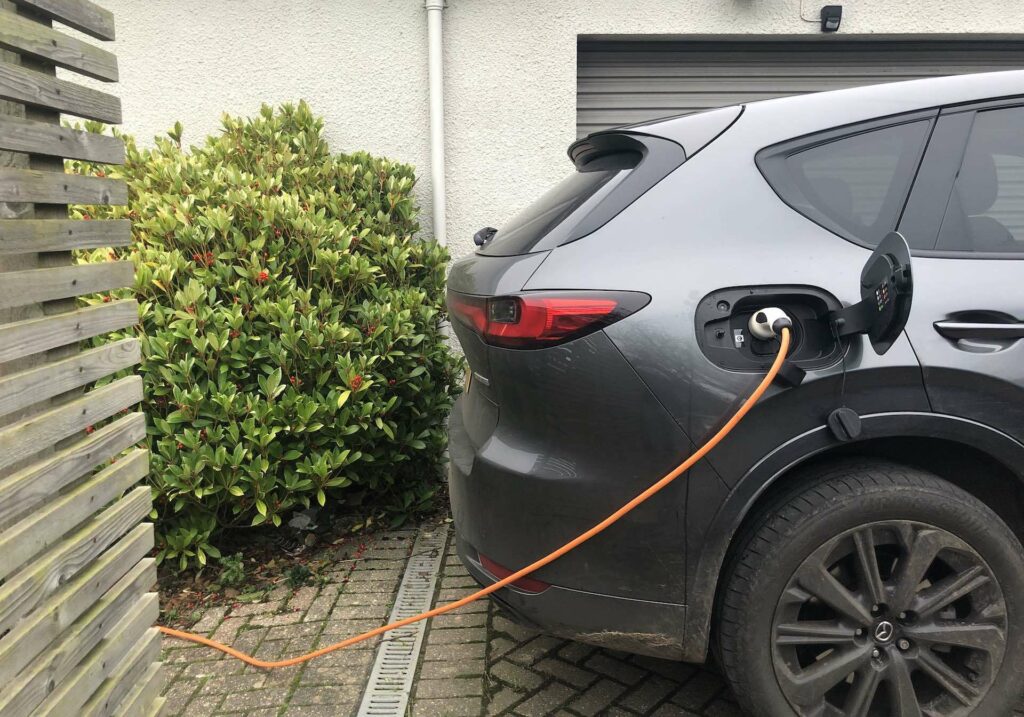
I’ve been running this car in the UK for Car Magazine’s long-termer section for the past six months and 11,000 or so miles (17,702 km), which is plenty of time to generate some firm electric range and economy numbers. But of course, being a PHEV, those numbers can vary dramatically depending on where you drive it and whether you remember (or bother) to charge it, which takes 7h 50 from flat using a regular 240-volt UK household socket.
I’ve never matched Mazda’s quoted 39-mile (63 km) electric range, but I have seen 32 (52 km) a few times. Most days, though, the battery seems to be toast in 25 miles (40 km). That’s enough for me to run errands close to the house like dropping kids at school, and means many days the 2.5 ICE motor doesn’t get out of bed, but it doesn’t make much of an impact on a four-hour motorway blast.
On those kinds of long, high-speed drives with the 17.8 kWh of battery energy a distant memory, the economy tends to be around 26-28 mpg (31-33 mpg UK), but a more normal mix of short and long journeys over the course of a month can get the numbers up towards 31-32 mpg (37-38 mpg UK).
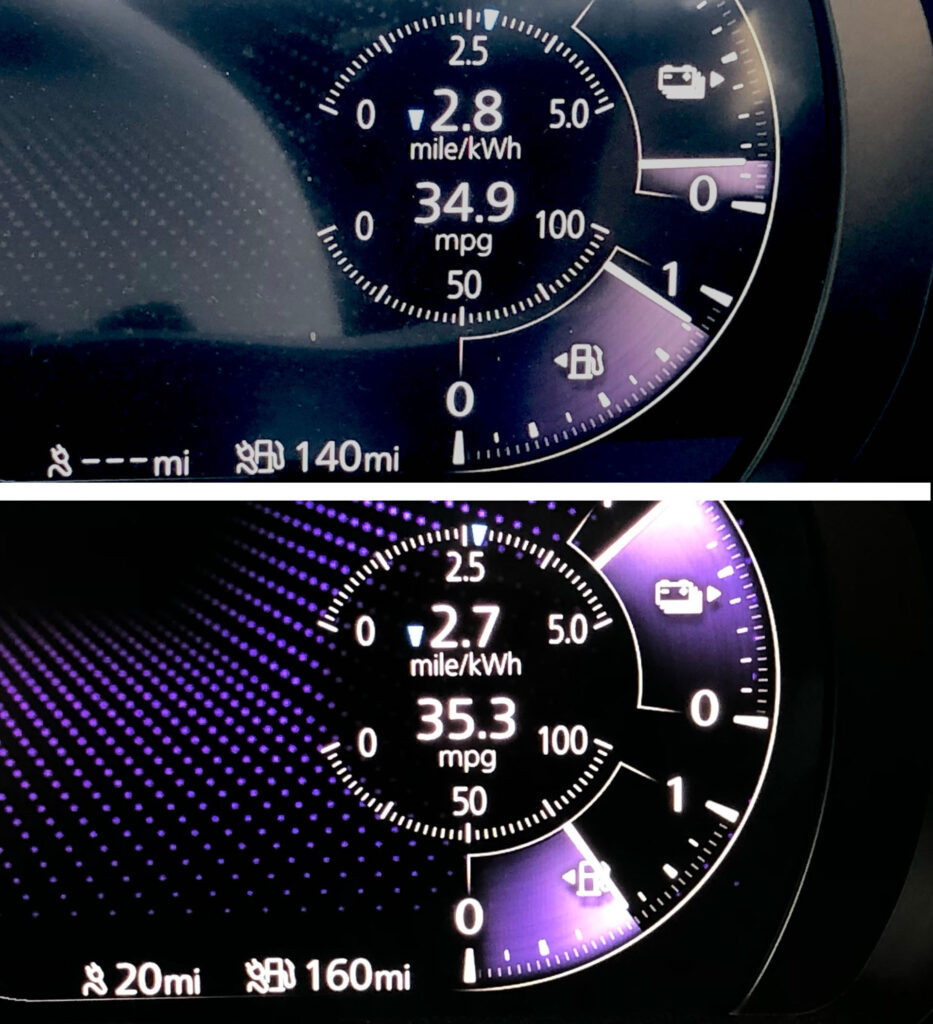
One annoying detail is the fluctuation in the overall petrol/electric driving range and also the fuel level. Just check out the two images above to see what I’m talking about. In the top pic the car shows no usable battery charge, so no electric range, but thinks I can only do 140 miles (225 km) on more than three quarters of a tank of fuel (a full tank is 45 liters or 11.9 gal U.S.). In the lower pic, it claims 20 miles (32 km) of electric range and half a tank of fuel, but estimates the combined petrol-electric range as 160 miles (258 km).
Obviously the range calculations are affected by how you’ve been driving the car, but both of these pictures were snapped in similar situations. We haven’t yet driven the North American CX-90 that uses this same platform and drivetrain, but we imagine it also suffers from the same indecision. Let us know if you’ve driven a CX-90 and can tell us if that’s true.












